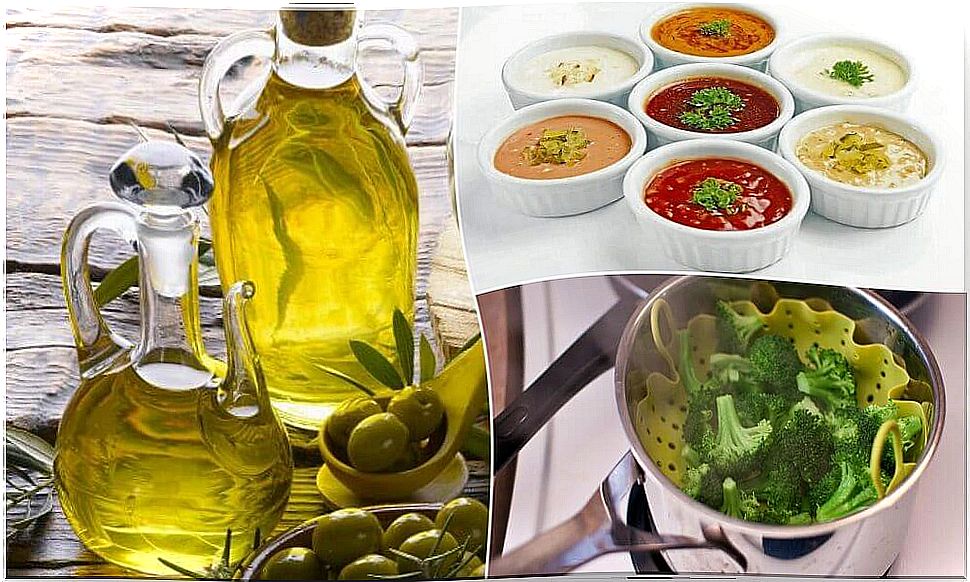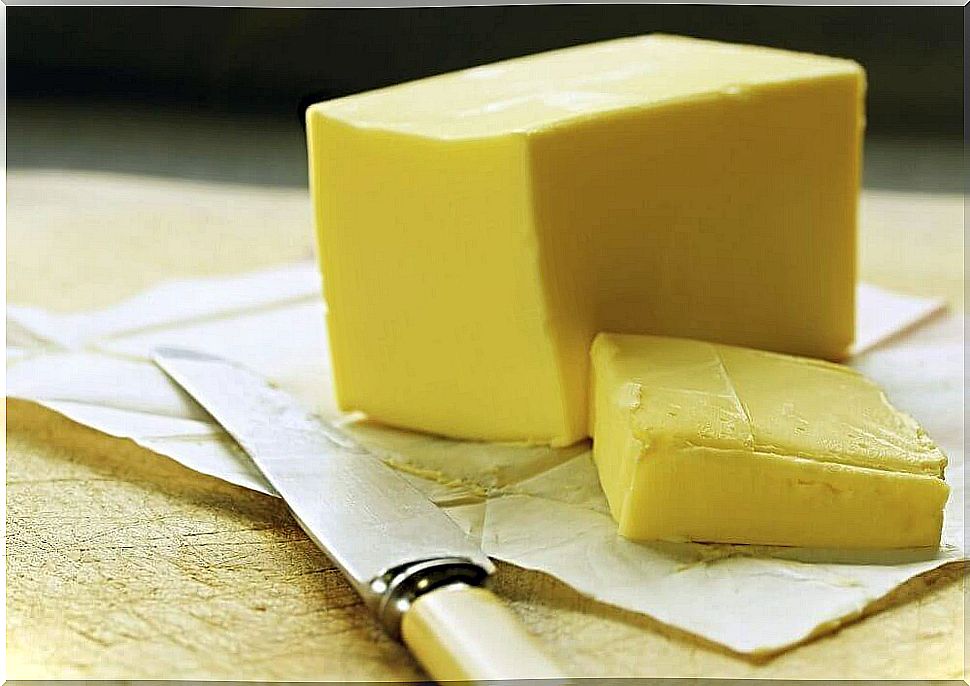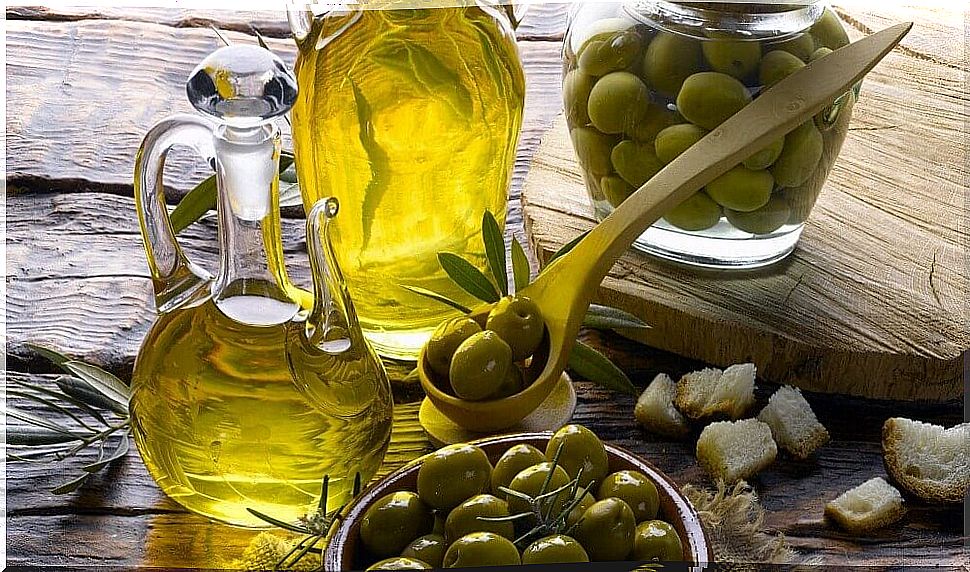6 Cooking Tips To Reduce Cholesterol Intake

The accumulation of cholesterol in the arteries, known in medical terms as hypercholesterolemia, is one of the most modern that is related to the appearance of chronic cardiovascular diseases.
This lipid, which is naturally secreted by the liver, forms a hard plaque that clogs the arteries and, by hindering circulation, interferes with the functions of the heart muscle.
The most worrying thing is that many are unaware that cholesterol is present in a wide variety of foods for regular consumption and, therefore, uncontrolled levels are produced.
For this reason, it is essential to try to keep your levels stable, adopting healthy lifestyle habits and putting into practice some cooking tips that help to limit your consumption.
Interested? Know more!
1. Avoid sauces and spices to reduce cholesterol consumption

Industrial sauces and seasonings are products that help to improve the flavor of meat, vegetables and other wide variety of foods.
The problem is that these are full of fats, cholesterol and other chemical additives that, over time, can affect your health.
Its habitual consumption is one of the causes of increased cholesterol and metabolic difficulties.
Recommendations
If you want to give a better taste to your dishes, choose healthy seasonings such as:
- Sour cream
- mustard seeds
- Greek yogurt
- organic tomato sauce
- Herbs and Spices
- Apple vinegar
- Lemon juice
- Red wine
2. Choose to consume low-fat dairy
Even though dairy products contain nutrients that are beneficial to health, it is important to take into account that, as they are of animal origin, they are an important source of cholesterol.
Whole milk, yogurt, cheese and other similar products are full of saturated fats which, after being assimilated by the body, influence the onset of hypercholesterolemia.
Recommendations
- Purchase the “low fat”, “light” or “zero fat” presentations of your favorite dairy products.
- Whenever you can, replace dairy products with plant-based alternatives.
3. Limit the use of margarine

Margarine is a product that is often used in various cooking recipes. What many don’t know is that it is an important source of cholesterol that, ingested regularly, can affect health.
Even though its flavor is pleasant and is very versatile, it is best to limit its consumption and replace it with healthy fats.
Recommendations
If you are used to using margarine in your recipes, choose to use healthy fats such as oils from:
- Sunflower
- Olive
- Canola
- Coconut
- Avocado
4. Review the cooking method
Many overlook the method of cooking food and, while it may seem unimportant, it is actually very much related to the tendency to suffer high levels of cholesterol.
This lipid, as well as triglycerides, tends to be retained in the arteries when oils and saturated fats are used in the preparation of meals.
Recommendations
- Instead of preparing them fried, choose to bake or steam the food.
- Try to cook at low temperatures to preserve the nutritional quality of the ingredients.
Visit this article: The 12 Best Foods to Unclog Your Arteries
5. Include olive oil in your diet

Due to its high concentration of essential nutrients and healthy fats, olive oil is one of the ingredients that should not be missing in our kitchen.
This product, in its extra virgin presentation, contains omega 3, vitamin E and essential minerals that increase the presence of good cholesterol (HDL) in the blood.
This, added to its antioxidant content, curbs the effects of oxidative stress and reduces the risk of cardiovascular disease.
Recommendations
- Consume a tablespoon of olive oil on an empty stomach.
- Use olive oil to prepare your salad dressings.
- Add the product to your soups, stir-fries, vitamins and other recipes.
6. Increase your intake of fruits and vegetables
Red meats, sausages and other foods of industrial origin are an important source of bad cholesterol (LDL).
For this reason, instead of consuming them in large quantities, choose to increase your intake of fresh fruits and vegetables.
This variety of foods is not only more satiating, it also cleans the arteries and helps reduce lipid buildup.
Recommendations
- Be sure to consume between three to five pieces of fruit a day.
- Cover half of your main meals with vegetable recipes.
- Try to consume them raw, as often as possible, as they take advantage of 100% of their properties.
As you can see, reducing your cholesterol intake through your diet is possible and not out of this world.
Just consider these simple recommendations to start controlling your levels and protecting your cardiovascular health.









